Dragonflies, those exquisite aerial acrobats, have captured the imagination of humans for centuries with their iridescent wings and graceful flight. But beneath their ethereal beauty lies a complex and captivating life cycle that is as intriguing as it is enigmatic. From their aquatic beginnings to their airborne adulthood, the metamorphosis of dragonflies is a remarkable journey filled with wonder. Let’s dive into the depths of this enthralling process, unveiling the mysteries step by step.
1. Aquatic Explorers: The Larval Stage
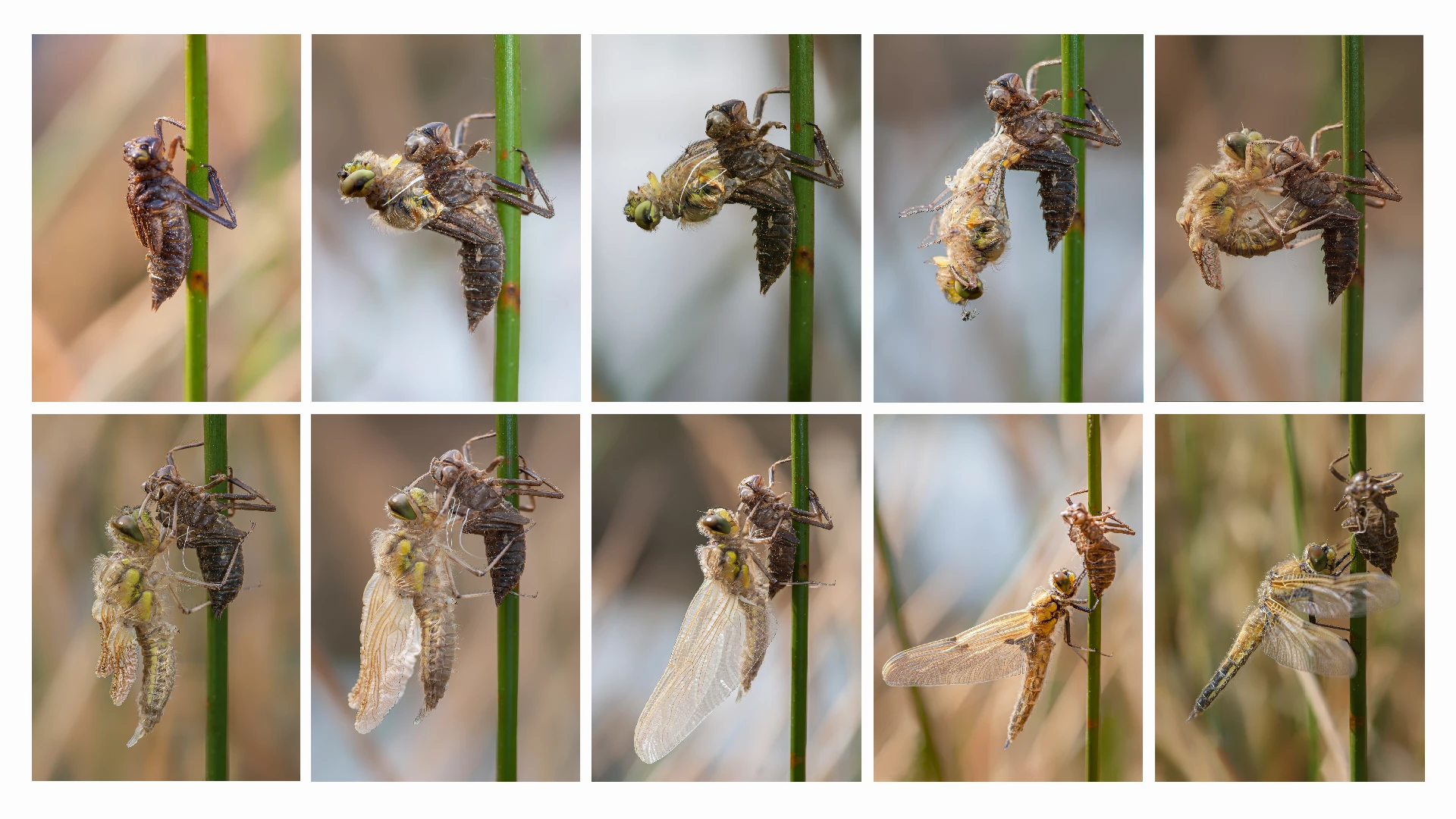 Dragonflies embark on their life journey underwater, beginning as eggs laid in calm freshwater bodies such as ponds, lakes, and slow-moving streams. Transitioning from egg to nymph, these larvae, sometimes known as naiads, become skilled hunters, patrolling the underwater realm for unsuspecting prey. As they grow, they undergo a series of molts, shedding their exoskeletons to accommodate their increasing size. This phase can last anywhere from a few months to several years, depending on species and environmental conditions.
Dragonflies embark on their life journey underwater, beginning as eggs laid in calm freshwater bodies such as ponds, lakes, and slow-moving streams. Transitioning from egg to nymph, these larvae, sometimes known as naiads, become skilled hunters, patrolling the underwater realm for unsuspecting prey. As they grow, they undergo a series of molts, shedding their exoskeletons to accommodate their increasing size. This phase can last anywhere from a few months to several years, depending on species and environmental conditions.
2. Beneath the Surface: Molting Marvels
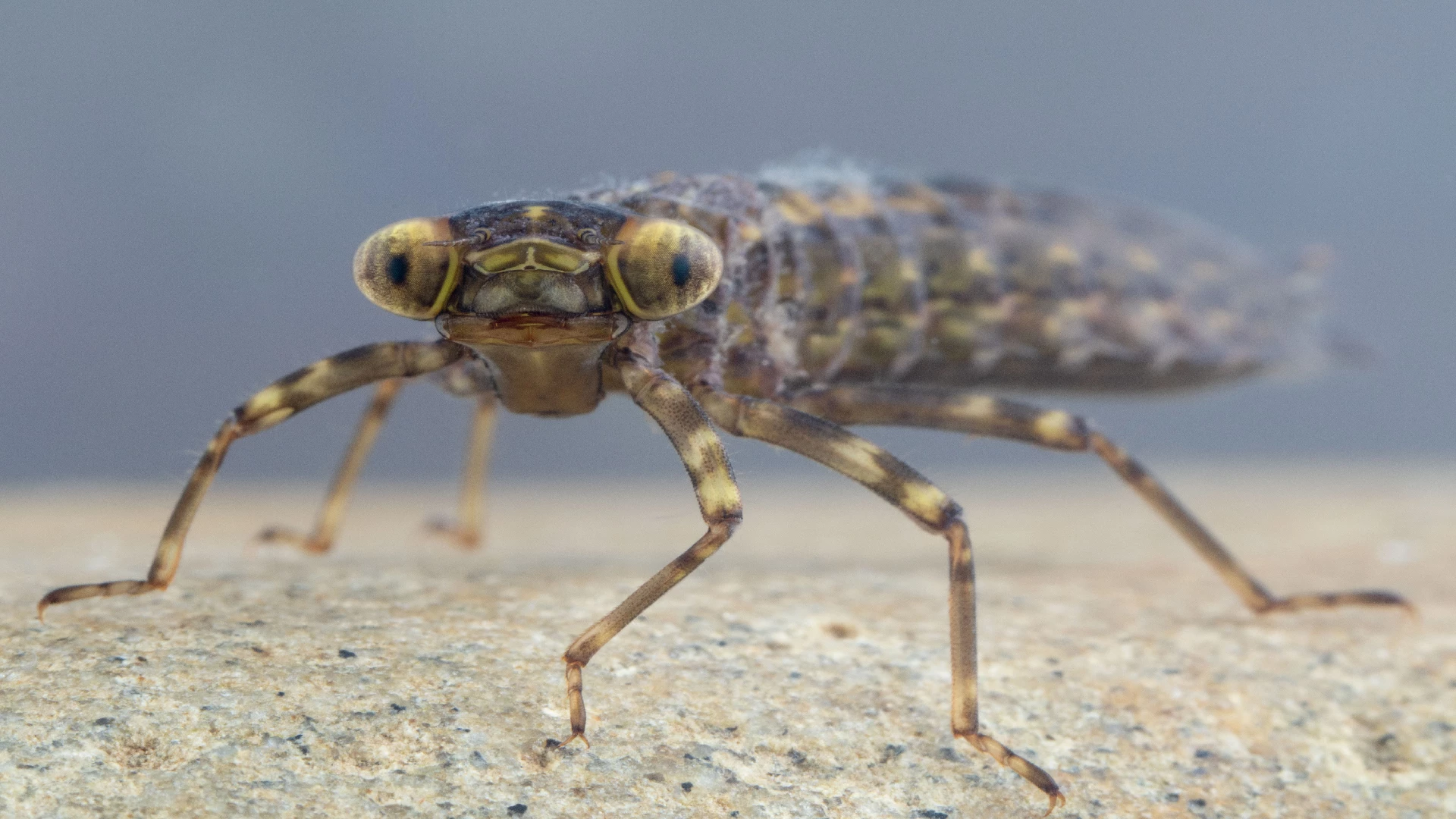 Dragonfly nymphs undergo a fascinating process of metamorphosis, shedding their exoskeletons to accommodate their growing bodies. This molting marvel occurs around a dozen times throughout their underwater life, allowing them to continuously adapt to their changing environment. Each molt brings them one step closer to their ultimate transformation into the iconic winged insects we recognize.
Dragonfly nymphs undergo a fascinating process of metamorphosis, shedding their exoskeletons to accommodate their growing bodies. This molting marvel occurs around a dozen times throughout their underwater life, allowing them to continuously adapt to their changing environment. Each molt brings them one step closer to their ultimate transformation into the iconic winged insects we recognize.
3. The Emergence: Preparing for Flight
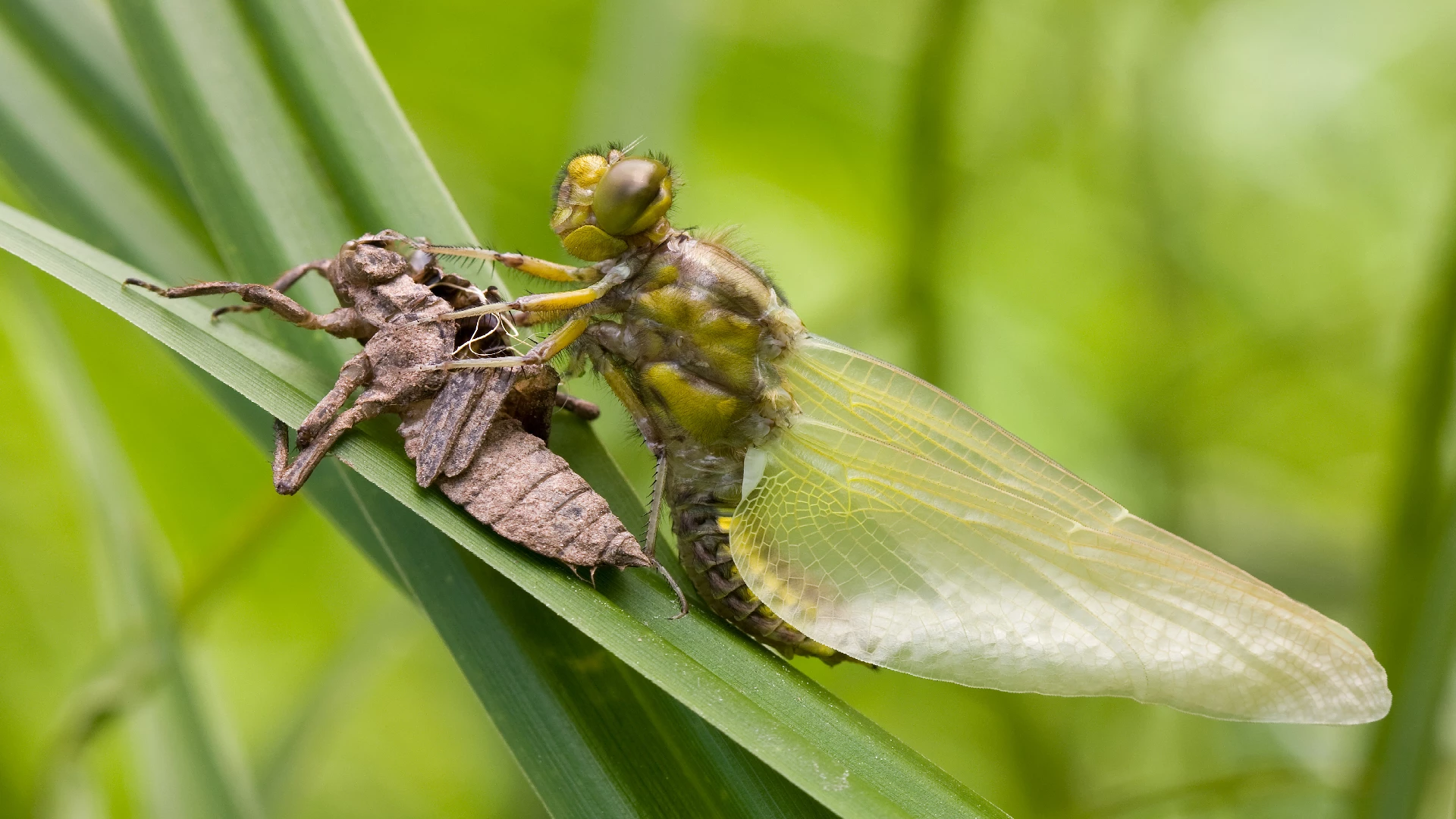 As the nymphs near the end of their aquatic journey, they undergo one final molt that marks the transition from water to air. Emerging from their exoskeleton in a process known as eclosion, the young dragonflies reveal their adult form, still tender and pale. Their wings, initially crumpled and delicate, gradually expand and harden over the course of several hours, readying them for the skies above.
As the nymphs near the end of their aquatic journey, they undergo one final molt that marks the transition from water to air. Emerging from their exoskeleton in a process known as eclosion, the young dragonflies reveal their adult form, still tender and pale. Their wings, initially crumpled and delicate, gradually expand and harden over the course of several hours, readying them for the skies above.
4. Taking to the Skies: The Adult Stage
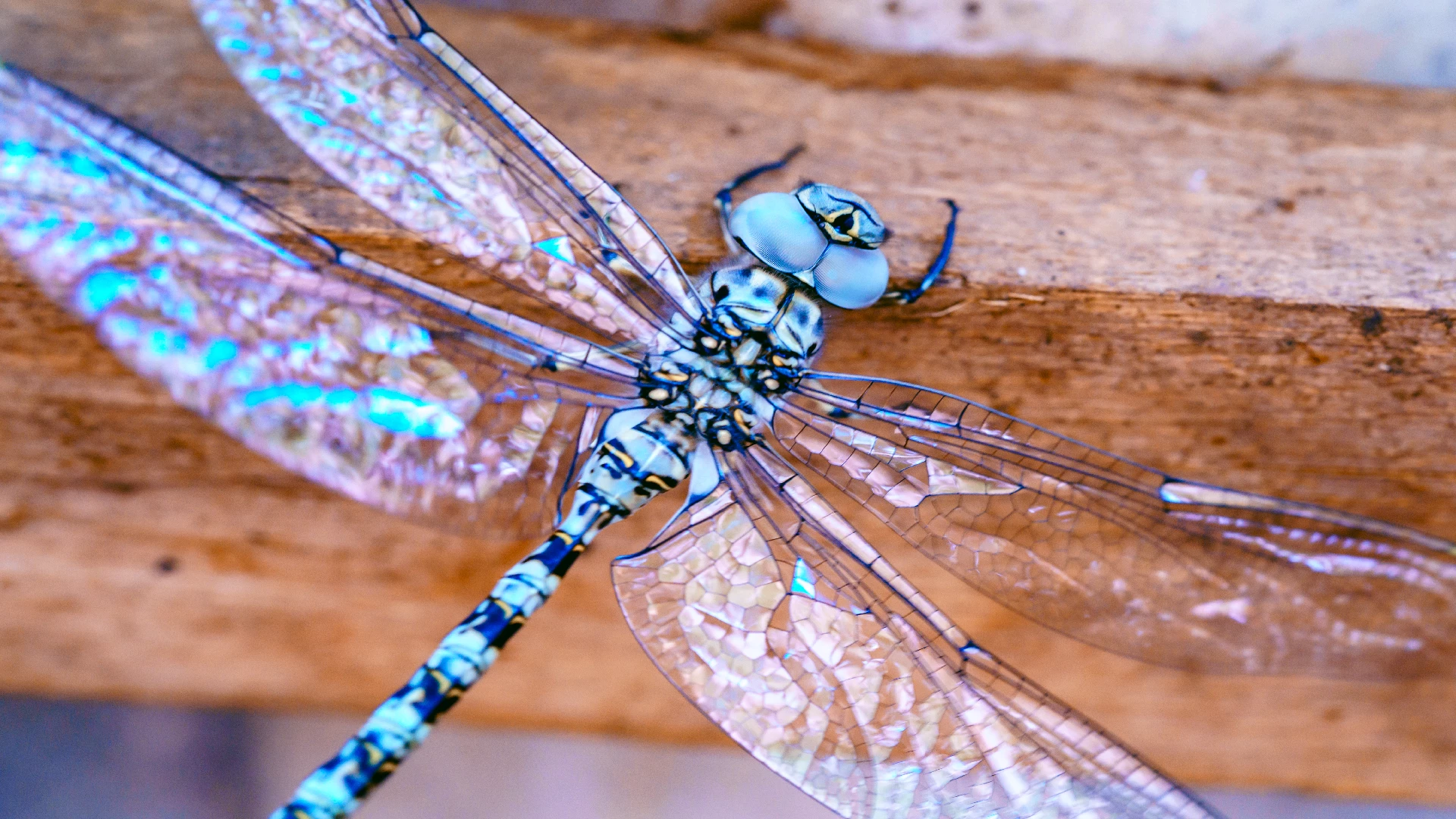 Once their wings are fully developed and their bodies have gained strength, the dragonflies take their first flight, leaving their watery home behind. With multifaceted eyes that provide panoramic vision, they are skilled hunters, capturing prey in mid-air with remarkable precision. Dragonflies are incredibly agile, capable of hovering, darting, and even flying backward, making them formidable predators in their ecosystem.
Once their wings are fully developed and their bodies have gained strength, the dragonflies take their first flight, leaving their watery home behind. With multifaceted eyes that provide panoramic vision, they are skilled hunters, capturing prey in mid-air with remarkable precision. Dragonflies are incredibly agile, capable of hovering, darting, and even flying backward, making them formidable predators in their ecosystem.
5. A Brief but Beautiful Life: Reproduction and Beyond
 The adult phase of a dragonfly’s life is relatively short, lasting anywhere from a few weeks to a few months, depending on the species. During this time, their primary focus is on reproduction. Males engage in intricate aerial displays to attract females, showcasing their flying prowess and vibrant colors. Once mating occurs, females lay their eggs in freshwater bodies, completing the cycle and setting the stage for a new generation of dragonflies.
The adult phase of a dragonfly’s life is relatively short, lasting anywhere from a few weeks to a few months, depending on the species. During this time, their primary focus is on reproduction. Males engage in intricate aerial displays to attract females, showcasing their flying prowess and vibrant colors. Once mating occurs, females lay their eggs in freshwater bodies, completing the cycle and setting the stage for a new generation of dragonflies.
6. Nature’s Pest Controllers: Ecological Importance
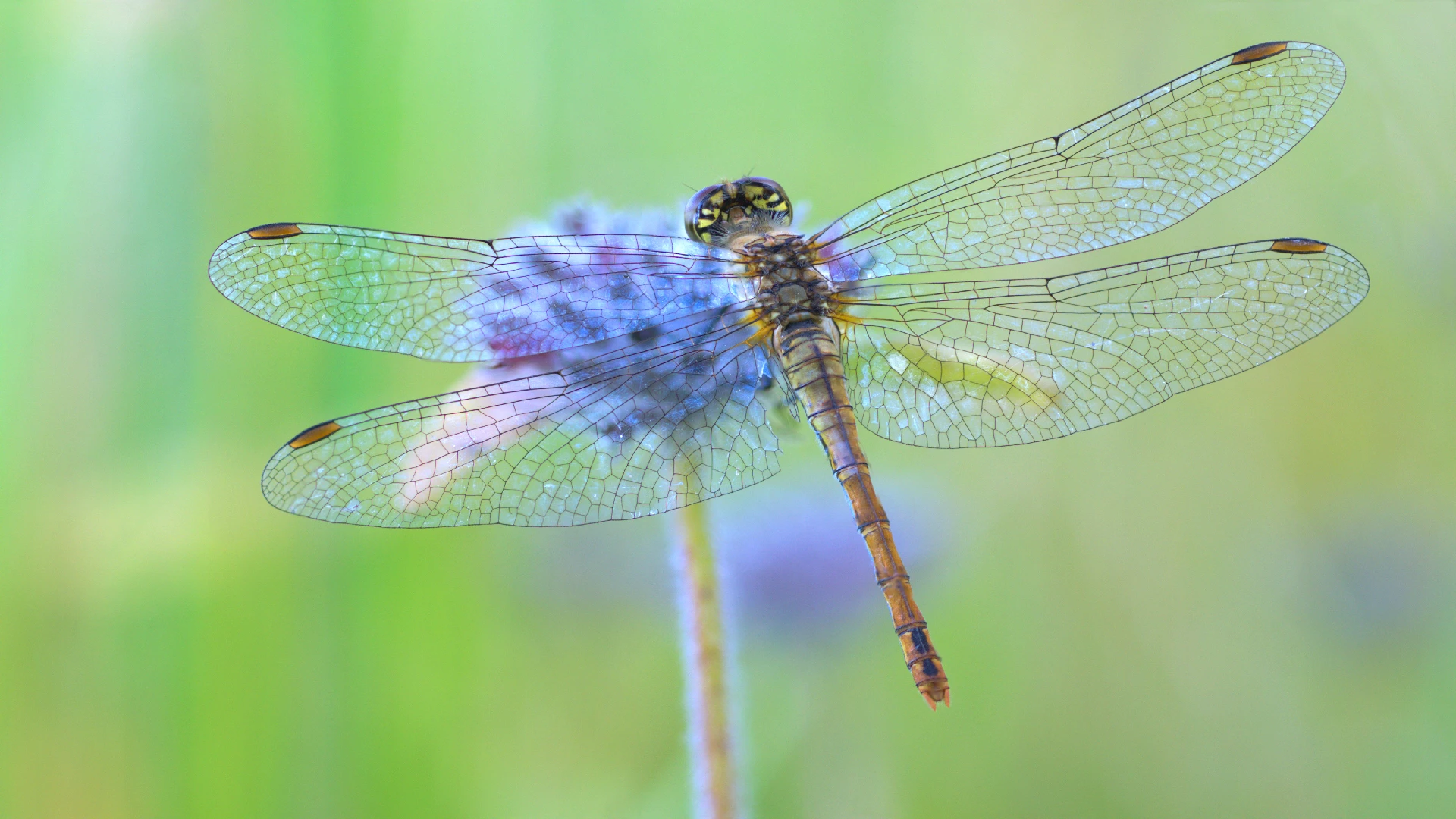 Beyond their captivating life cycle, dragonflies play a crucial role in maintaining the balance of ecosystems. As voracious predators, they help control insect populations, preventing outbreaks of pests that could otherwise wreak havoc on crops and other plant life. Their predatory prowess, combined with their short reproductive cycles, positions them as efficient and effective pest controllers, offering a natural alternative to chemical interventions.
Beyond their captivating life cycle, dragonflies play a crucial role in maintaining the balance of ecosystems. As voracious predators, they help control insect populations, preventing outbreaks of pests that could otherwise wreak havoc on crops and other plant life. Their predatory prowess, combined with their short reproductive cycles, positions them as efficient and effective pest controllers, offering a natural alternative to chemical interventions.
7. Environmental Sentinels: Indicators of Ecosystem Health
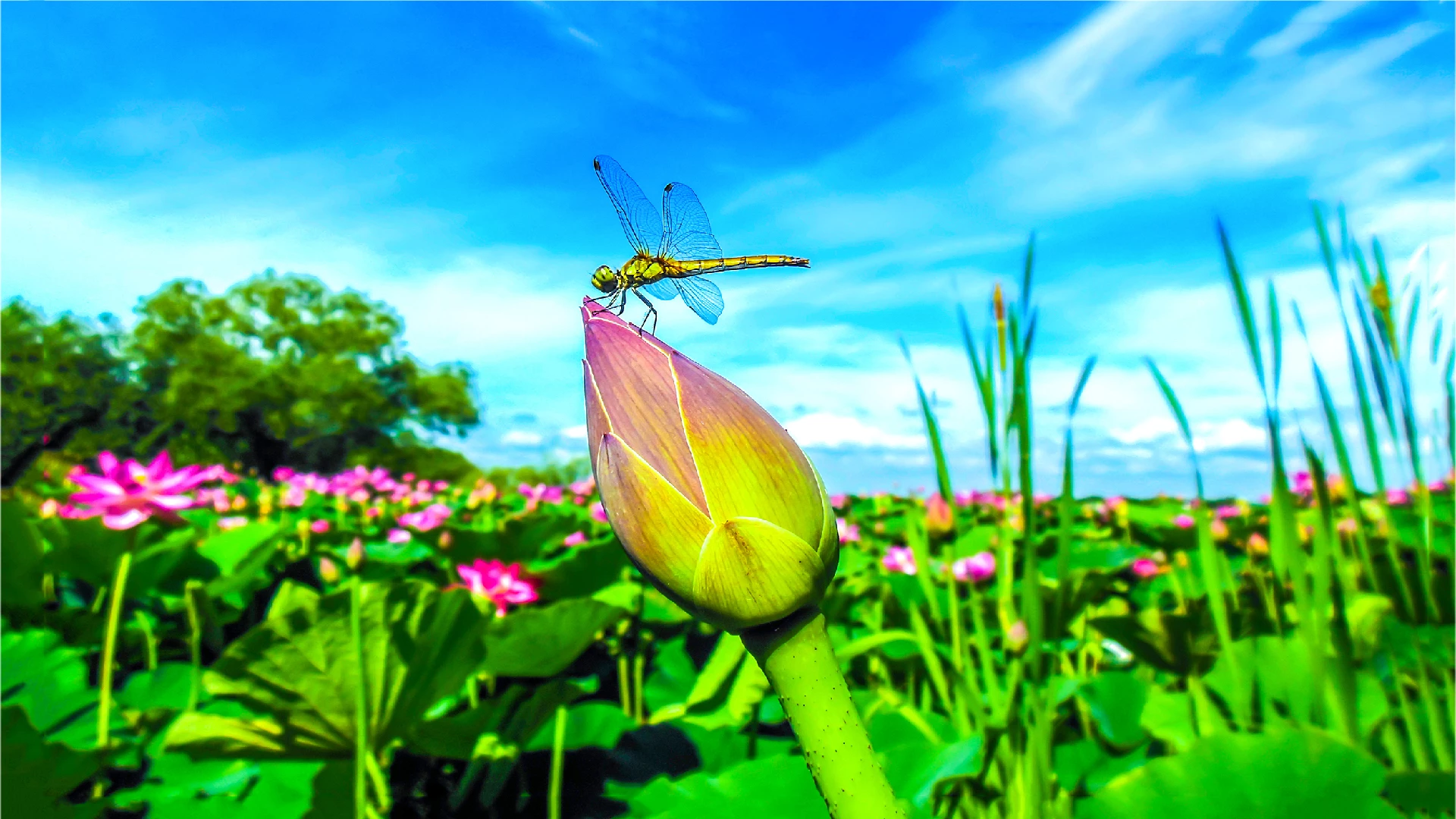 Dragonflies are not only fascinating creatures but also indicators of environmental health. Their sensitivity to changes in water quality and habitat conditions makes them valuable bioindicators. A decline in dragonfly populations can signal pollution, habitat destruction, or other environmental imbalances, prompting conservation efforts to protect these delicate creatures and the ecosystems they inhabit.
Dragonflies are not only fascinating creatures but also indicators of environmental health. Their sensitivity to changes in water quality and habitat conditions makes them valuable bioindicators. A decline in dragonfly populations can signal pollution, habitat destruction, or other environmental imbalances, prompting conservation efforts to protect these delicate creatures and the ecosystems they inhabit.
8. Ancient Flyers: Evolutionary Marvels
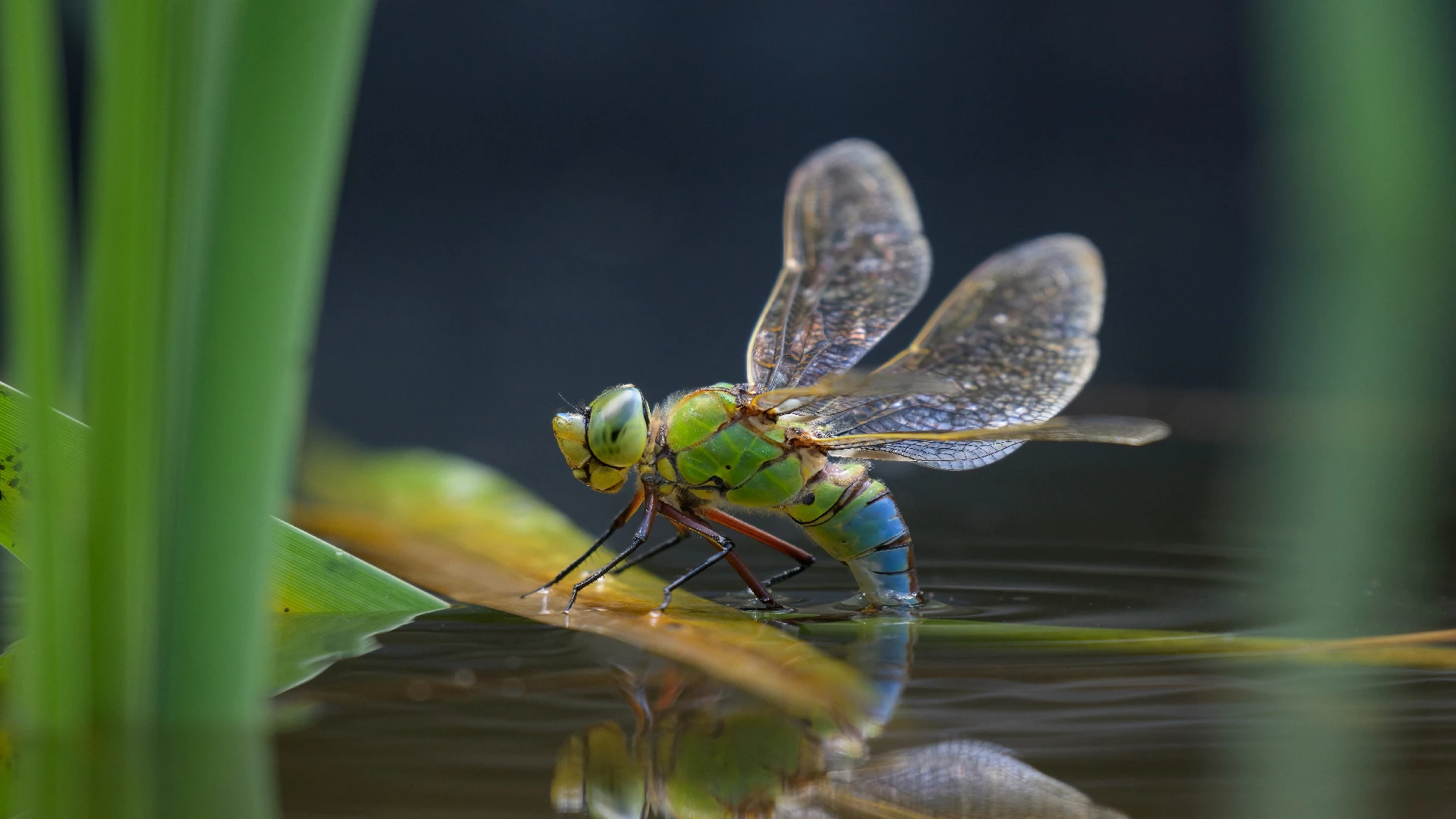 The mesmerizing life cycle of dragonflies has remained relatively unchanged for millions of years, making them living witnesses to the Earth’s evolutionary history. Their unique combination of ancient origins and remarkable adaptations has captured the attention of scientists and nature enthusiasts alike. Studying dragonflies provides insights into the distant past, offering clues about the planet’s ever-evolving biodiversity.
The mesmerizing life cycle of dragonflies has remained relatively unchanged for millions of years, making them living witnesses to the Earth’s evolutionary history. Their unique combination of ancient origins and remarkable adaptations has captured the attention of scientists and nature enthusiasts alike. Studying dragonflies provides insights into the distant past, offering clues about the planet’s ever-evolving biodiversity.
The captivating journey of a dragonfly, from its humble beginnings as an egg in the depths of a pond to its elegant flight across sunlit skies, is a story that weaves together science, mystery, and natural beauty.
The metamorphosis of these enchanting insects highlights the interconnectedness of ecosystems, the marvels of adaptation, and the ever-turning wheel of life. As we witness the dragonfly’s transformation, we are reminded of the intricate web of life that surrounds us, urging us to preserve and protect the delicate balance of nature for generations to come.










